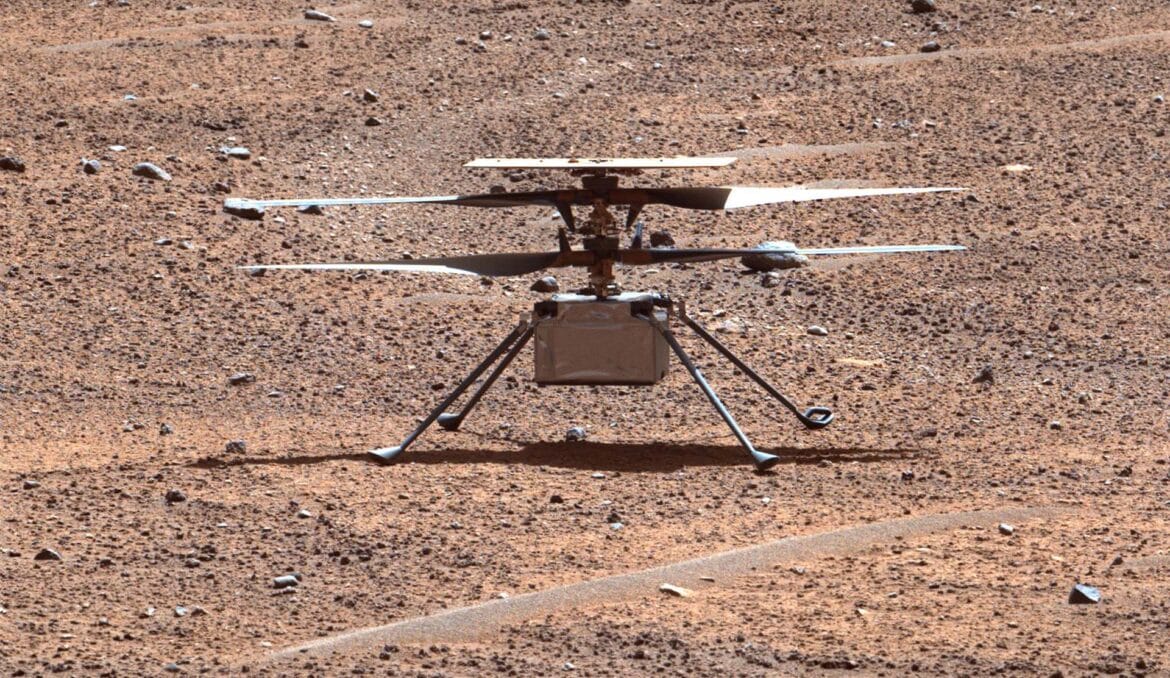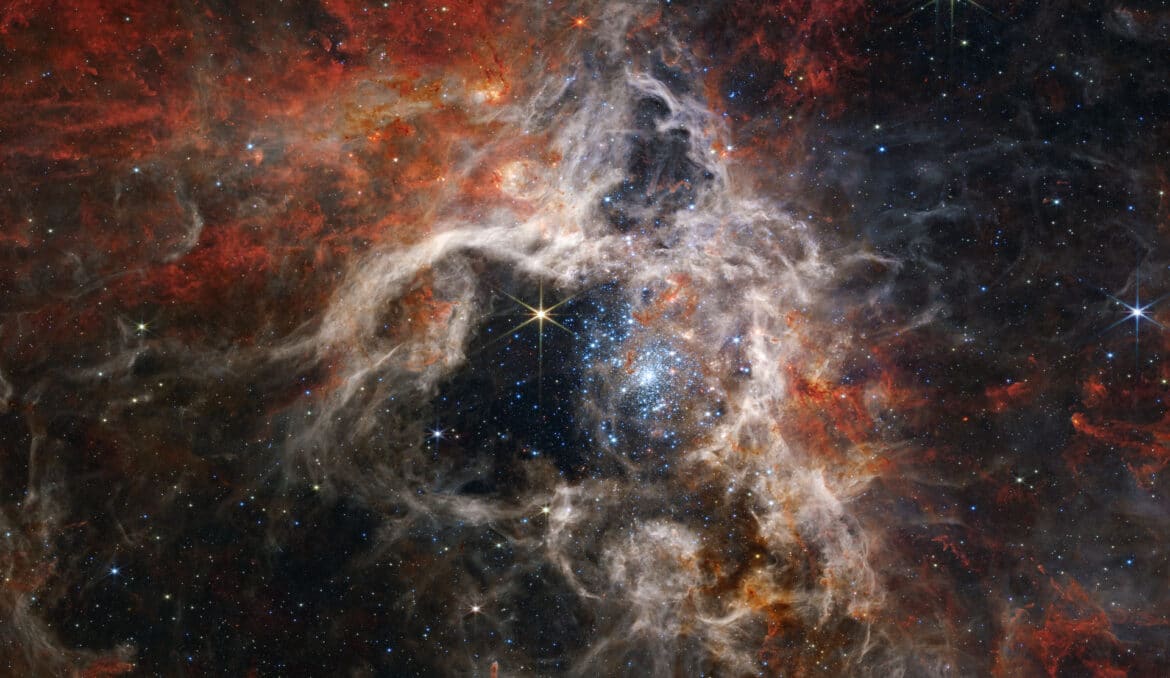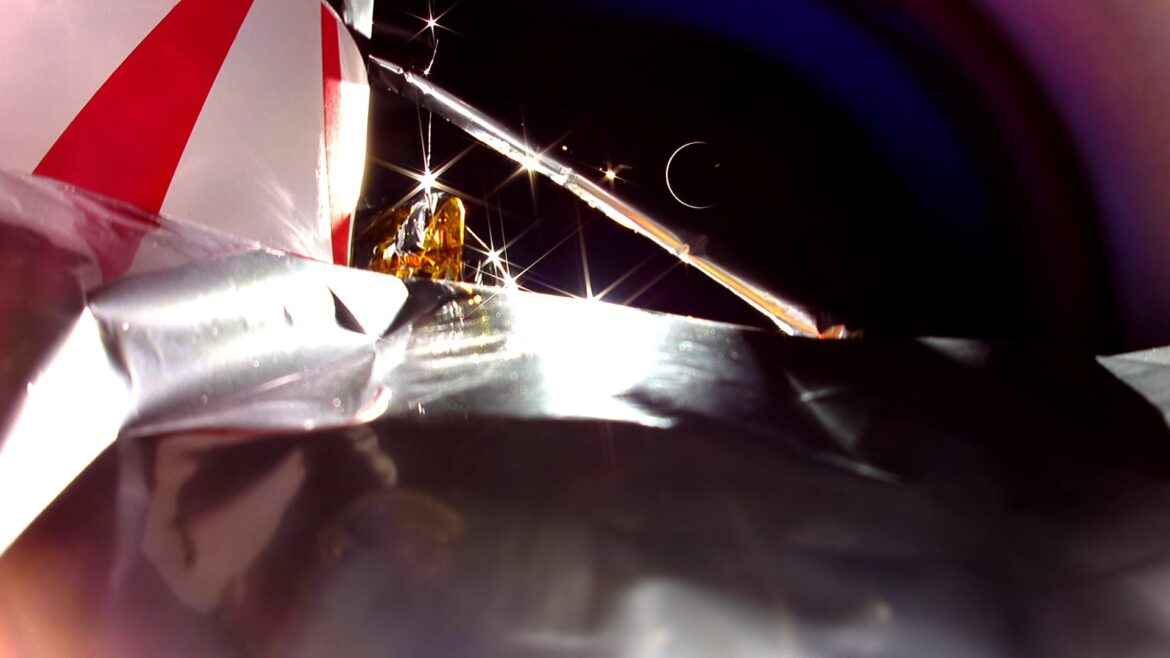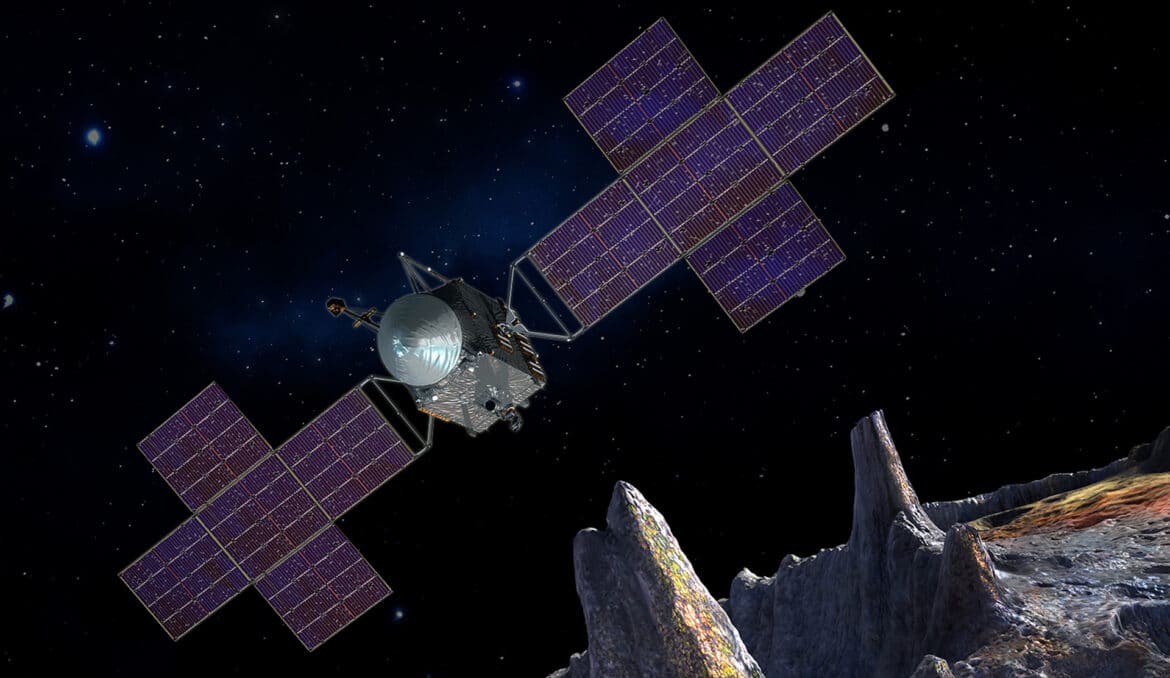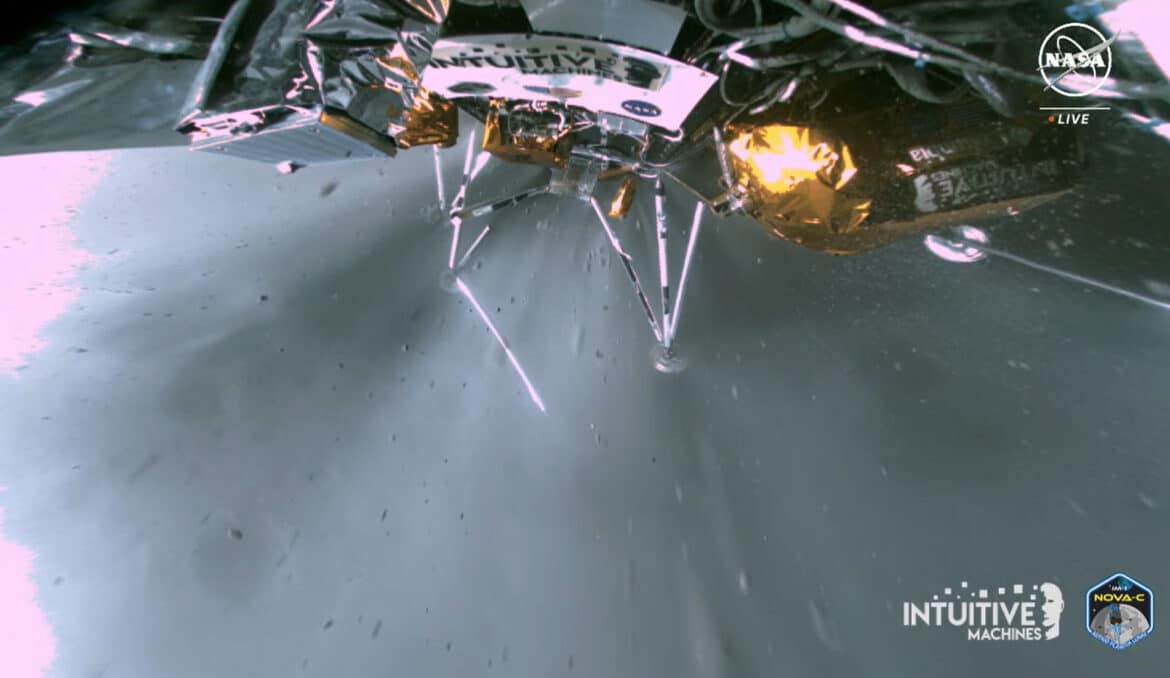
This graphic shows a map of the surface of Europa using NIRCam and composite maps derived from NIRSpec data. The white pixels represent carbon dioxide in the large-scale region of disturbed chaotic terrain known as the Tara Regio.
@Geronimo Villanueva (NASA/GSFC), Samantha Trumbo (Cornell Univ.), NASA, ESA, CSA, Alyssa Pagan (STScI)
TWO PROBES TO EUROPA
In the coming years, two missions will allow us to learn more about Europa. The European probe Juice (Jupiter Icy Moon Explorer), launched on April 14, will fly over it twice before placing itself in orbit around Ganymede, another icy moon with high potential habitability. The onboard MAJIS instrument should make it possible to observe the same wavelengths but with a much better resolution. In October 2024, NASA plans to launch the Europa Clipper probe around Jupiter’s icy moon.







